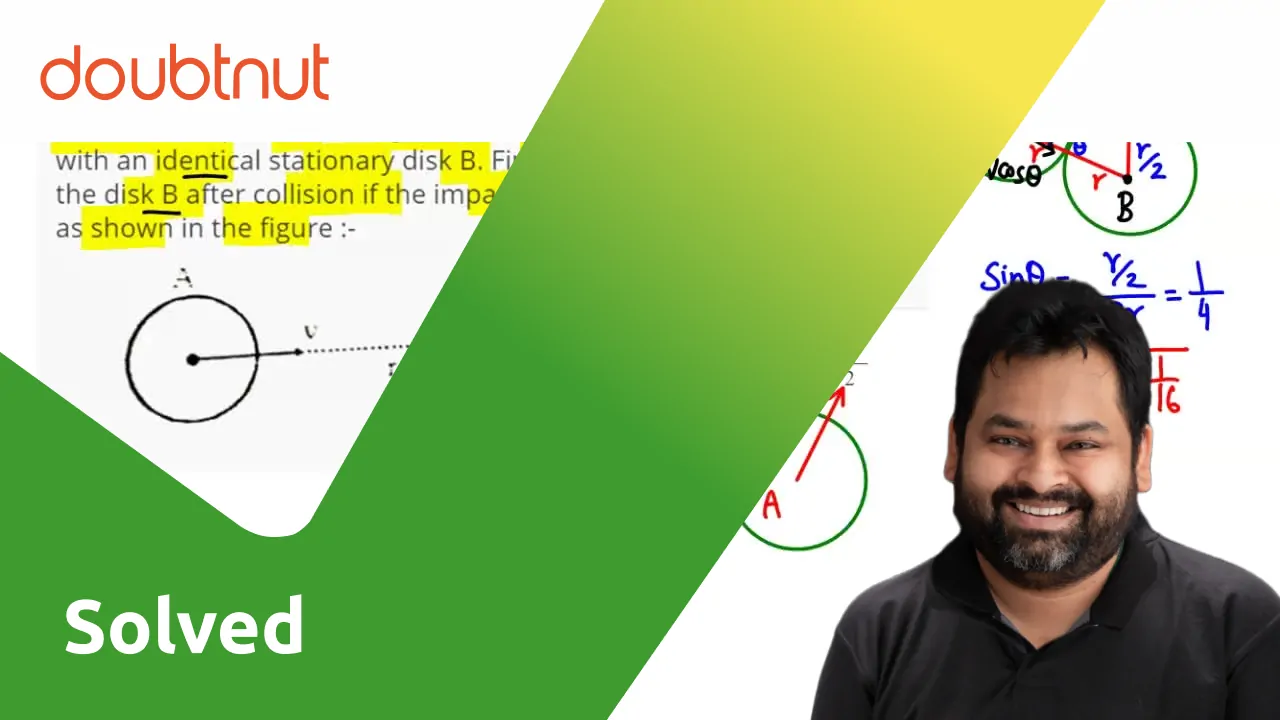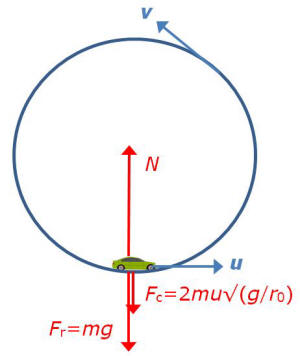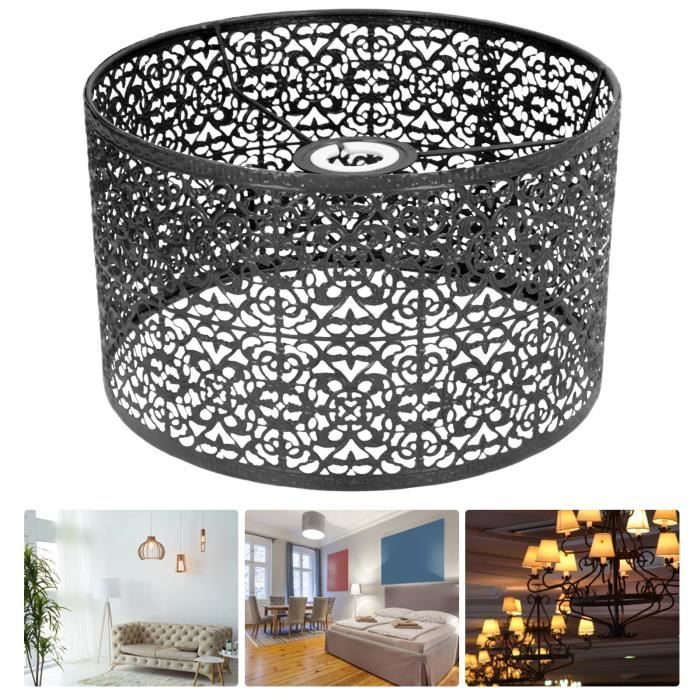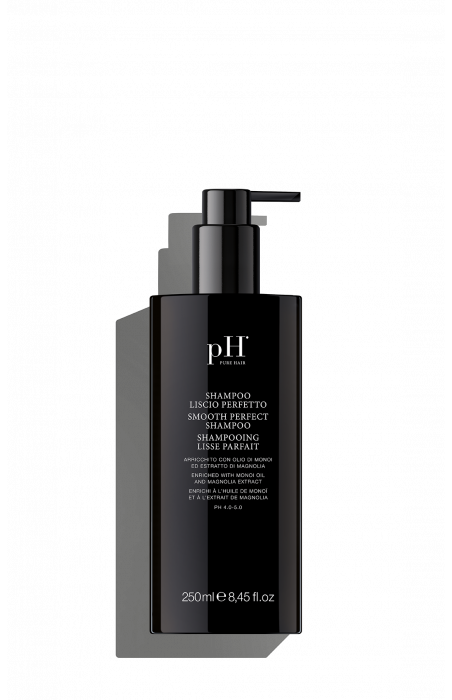- Home
- perfectly smooth
- A disk A of radius r moving on perfectly smooth surface a speed undergoes a perfectly elastic collision with an identical stationary disk B. Find the velocity of the disk B after
A disk A of radius r moving on perfectly smooth surface a speed undergoes a perfectly elastic collision with an identical stationary disk B. Find the velocity of the disk B after
4.8 (699) · $ 16.50 · In stock
Click here:point_up_2:to get an answer to your question :writing_hand:a disk a of radius r moving on perfectly smooth surface at a speed v 2
Click here👆to get an answer to your question ✍️ A disk A of radius r moving on perfectly smooth surface a speed undergoes a perfectly elastic collision with an identical stationary disk B- Find the velocity of the disk B after collision the impact parameter is r-2 as shown in the figure 1- VYT

A disc A of radius r moving on perfectly smooth surface at a speed v unde..

Class 11, PDF, Acceleration

A disk A of radius r moving on perfectly smooth surface a speed undergoes a perfectly elastic collision with an identical stationary disk B. Find the velocity of the disk B after

Two smooth balls A and B each have a mass of 0.2 kg. If A strikes B with a velocity of 1.5 m/s as shown, determine their final velocities just after collision.

A disk A of radious r moving on perfectly smooth surface at a speed v

L -d L + u 51. B 58. In A disk A of radius r moving on perfectly smooth surface a speed undergoes an elastic collision with an identical stationary disk B.

Ball A has a mass of 3 kg and is moving with a velocity of 8 m/s when it makes a direct collision with ball B, which has a mass of 2

Ask the Physicist!

Two objects of the same mass and with the same initial speed moving in a horizontal plane collide and move away together at half their initial speeds after the collision The angle

Two smooth disks A and B each have a mass of 0.5 kg. If both disks are moving with the velocities shown when they collide, determine their final velocities just after the










